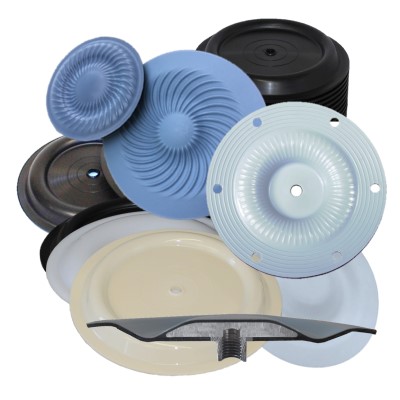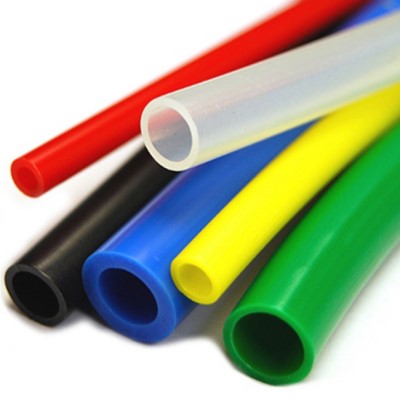


Written by Rick

Fluid Viscosity
For proper Diaphragm Pump selection understanding of fluids properties is mandatory. Fluid flow is highly dependent on the viscosity of fluids. Basically, viscosity is a resistance to the flow which must be taken into account during pump size selection. Viscosity of fluids can change under different conditions. We can divide liquids into following groups:
• Newtonian fluids
Those are the fluids whose viscosity do not change by shear rate or flow speed. For those fluids, viscosity is only dependent on temperature.
Water, benzene, alcohol, solvent, honey and other fluids with simple molecular structure are examples of Newtonian fluids. Their flow remains the same, no matter how fast they move or how much they are stress with increasing shear rates.
• Non-Newtonian fluids
In reality most fluids are non-Newtonian, which means that their viscosity is dependent on shear rate. They have more than one viscosity, and viscosity change depending on external forces. There are four main groups of Non-Newtonian fluids. Each of them has its own specific characteristic.
Fluids which change in viscosity with respect to stress is independent of time:
1. Dilatant Fluids (also known as Shear Thickening Fluids)
Their viscosity increases as stress is applied. They harden upon application of high enough forces, becoming almost solids and impossible to pump by standard pumps. Natural example of Dilatant Fluid is wet sand. Walking slowly on wet sand causes feet to immerse into the sand, but when force is applied during running on the beach sand beneath the feet harden. Dilatant Fluids are utilized in modern body armor.
2. Pseudoplastic Fluids
Those fluids are opposite of Dilatant Fluids. The viscosity of those fluids decreases as the shear rate increases. They are much more common than Dilatant Fluids. Examples include quicksand, blood, milk, paints, nail polish. The best example of a Pseudoplastic Fluid is ketchup. To flow, ketchup must be shaken up in a bottle, but once it is moving, it flows easily.
Fluids which change in viscosity with respect to stress time dependent:
Thixotropic fluids – the viscosity decreases with increased stress the longer the stress is applied.
Rheopectic fluids – the viscosity increases with increased stress the longer said stress is applied.
3. Those fluids are viscous at low stress when standing still, but will flow as less viscous at high shear stress. Constant agitation makes those fluids thinner (less viscous), more pumpable. The longer thixotropic fluid undergoes shear stress, the lower its viscosity becomes. This behavior is exhibited by paints, gelatin, resins, slurries, suspensions of solids in liquids, emulsions, foams, clays, cosmetics, asphalt, glue, etc.
4. Rheopectic Fluids can be described as exhibiting time-dependent fluids with dilatant behavior – when shear stress is applied, viscosity increases. They thicken or solidify when shaken or agitated. Examples of Rheopectic Fluids include gypsum, pastes and printer inks.
We’ve got something exciting to tell you!
HELLO SWEDISH! We’re excited to announce that we’ve just launched Swedish language support on our website! This new addition to our language family has been

Indoor Air Quality
Indoor Air Quality (IAQ) – air quality within and around buildings and structures plays is of utmost importance not only for employees well-being and ability

10 Factors to Consider When Selecting Diaphragm
Diaphragms are one of the most important elements of Air Operated Double Diaphragm Pump. They separate the wetted side (fluid side) of the pump from

28 Reasons Why Use Air Diaphragm Pump
Air Diaphragm Pumps are so much versatile in design, materials, performances and functions, that they can handle most types of fluids. They are used for

Hastelloy Air Diaphragm Pumps
The primary function of Hastelloy C-22 (also known as a “superalloy” or “high-performance alloy”) is a long-lasting survival in severely corrosive, or erosion prone environments,

Too Small Size of Air Supply Line to the Air Diaphragm Pump
It is not uncommon to use too small air supply line when installing an Air Operated Diaphragm pump. Overlooking restrictions installed along the line, which
